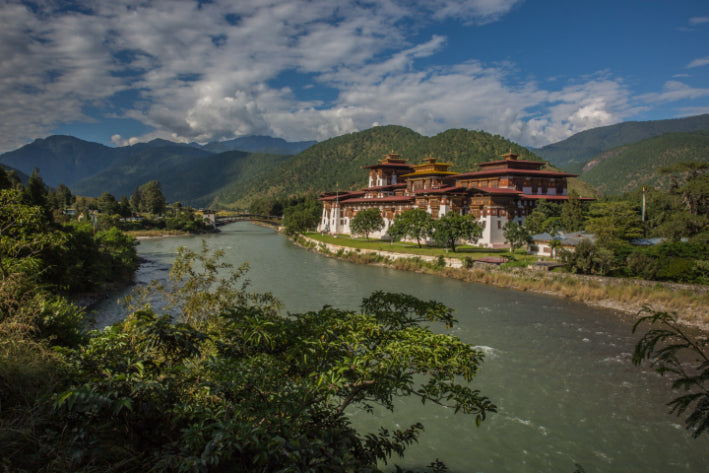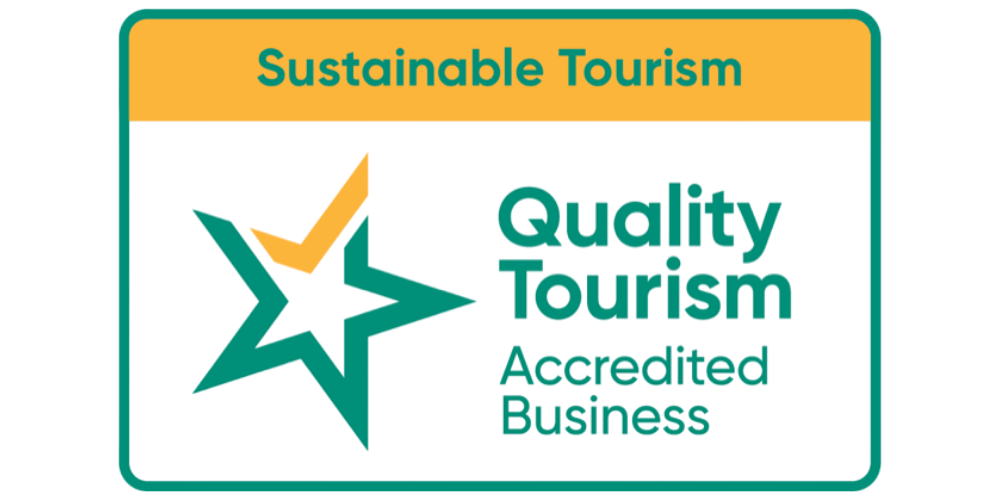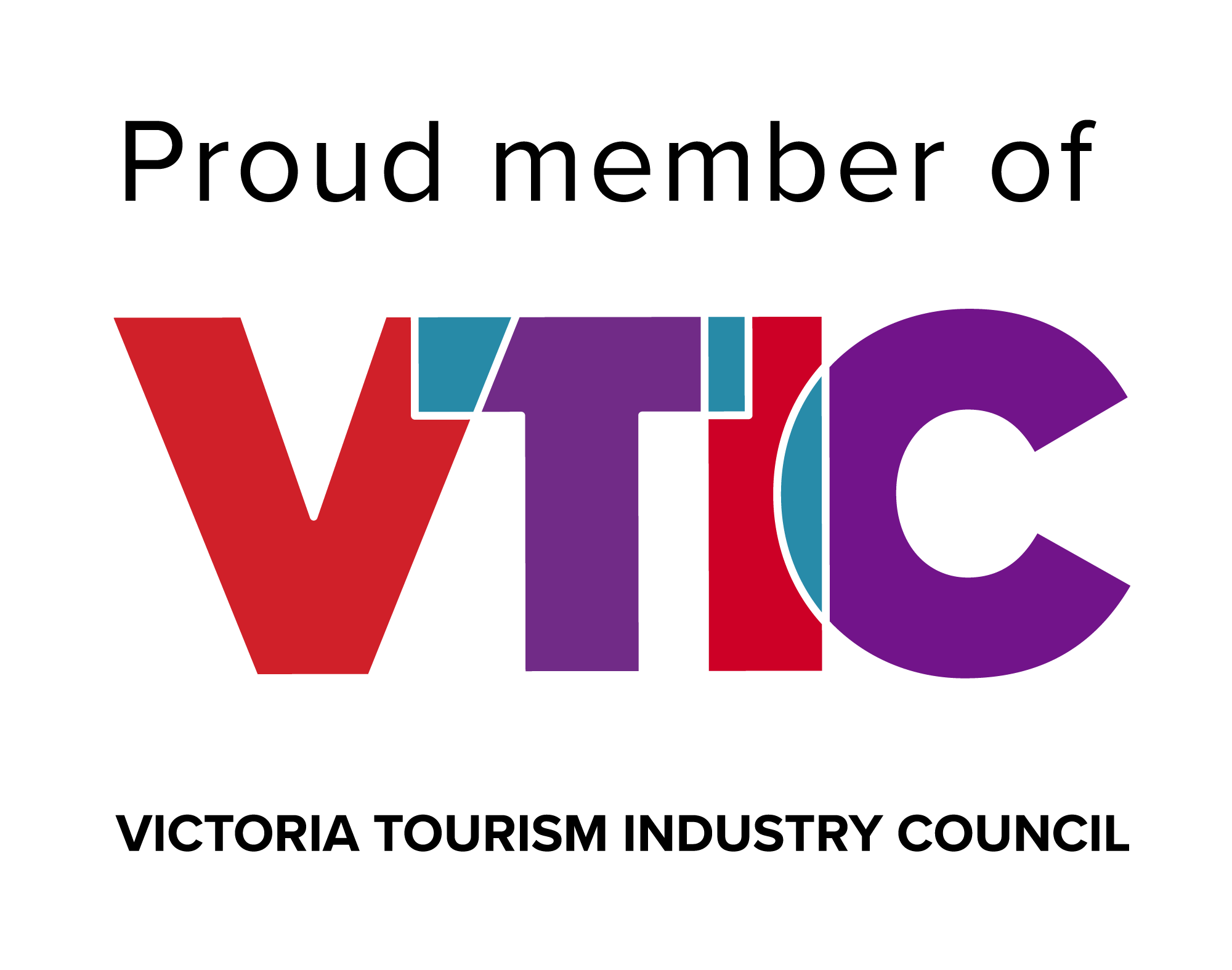Research for Bhutan’s Trans Bhutan Trail: the smart traveller’s playbook
Do the research and the Trans Bhutan Trail pays you back in spades: terrace paths at first light, prayer flags cracking at the passes, butter tea by a warm hearth. Get the season and trip style right now, and the Thunder Dragon feels less like a mystery and more like momentum.

Why timing your research matters
Smart research makes or breaks comfort, cost, and culture on the TBT. Visitor fees, living traditions around dzongs and temples, and punchy seasonal swings mean the right month and format (camping or cosy stays) are your edge. The Trans Bhutan Trail isn’t one endless high-altitude suffer-fest; sections move between valleys, forests, and the odd airy pass. Choose your window, distance, and sleeping style well, and the days flow.
Seasons: when to go (and why)
Spring (Mar–May) and autumn (Sep–Nov) are the safest bets; monsoon is lush but wet, winter clear but cold.
-
Spring: rhododendrons, cool mornings, the occasional late flurry on higher passes.
-
Autumn: stable skies and crisp views—classic trekking conditions.
-
Monsoon (Jun–Sep): rainforest mood and waterfalls with slick trails and leeches—shorter, lower segments can still shine.
-
Winter (Dec–Feb): bluebird days down low; icy starts and potential pass closures up high.
Prefer a guided format that fits prime windows—and lets you choose between camping nights or cosy stays? Compare the itinerary here: Across the Thunder Dragon | Trans Bhutan Trail with Camping Nights or Cozy Stays.
What the trail really is
It’s a restored heritage path spanning Bhutan west to east—best enjoyed in segments, not as a single sprint. Expect steady 10–25 km days on old footpaths through hamlets, forests and ridges, with the occasional road link. Many travellers walk highlights over a week or two rather than committing to a month-plus traverse.
Direction & distance: choose for lungs, not ego
Pick your direction and length by altitude ramp, festival timing and recovery days. West→East puts famous sights near the start; East→West front-loads quieter country. If you’re flying in from sea level, resist the urge to stack a big pass on Day One—give yourself a gentle valley day before the lungs do heavy lifting. When in doubt, browse a range of trek lengths inside the Trekking & Hiking Adventures collection to calibrate daily effort and style.
Camping nights or cosy stays?
Camping buys starry skies and flexibility; cosy stays buy warmth, hot showers, and conversations with hosts—both keep you on trail.
-
Camping: sunrise camps, night skies, flexible day lengths—at the cost of more gear and colder nights aloft.
-
Cosy stays (guesthouses/homestays): lighter daypacks, warm rooms, and cultural time—at the cost of fixed daily endpoints.
Want both options visible in one place? See the side-by-side formats inside Across the Thunder Dragon | Trans Bhutan Trail.
Permits, SDF, and what guided trips include
Budget Bhutan’s Sustainable Development Fee (SDF) per night and let a guided trip handle the paperwork. Under the current policy, the SDF is US $100 per person, per night (reduced from US $200), with multi-year extensions announced—always reconfirm at booking. Guided itineraries typically manage visa formalities, trail permissions, transport and on-trip accommodation. Travellers remain responsible for personal gear, insurance, and any extras. Flights and pre/post stays aren’t included—plan buffers on either side.
Culture & etiquette: how to be a good guest
Dress modestly at sacred sites and follow dzong protocols—respect opens doors here. Shoulders and knees covered, hats off indoors; expect to remove shoes and keep voices low. Walk clockwise around chortens and prayer walls, and ask before photographing people. A light wrap or long-sleeve layer in your daypack solves most dress-code moments.
Packing that actually works (1,200–3,900 m)
Think mountain mood-swings: breathable layers, a real rain kit, and a warm sleep system if camping.
Essentials worth the grams:
-
Short-sleeve tech tee + long-sleeve sun layer; mid-layer fleece or active-insulation
-
Waterproof jacket (20k mm+) and rain pants
-
Broken-in hiking shoes/boots and trekking poles
-
Warm hat, sun hat, lightweight gloves
-
3-season sleeping bag (around –5 °C for shoulder seasons) and an insulated pad if camping
-
Power bank (10,000–20,000 mAh) and a local SIM; B-Mobile tends to reach deeper valleys, while TashiCell is common in towns
Counterpoints & pitfalls
Myth: “It’s the Himalaya—so it’s all high and freezing.”
Reality: Many TBT segments live in moderate-altitude valleys; pass days can be cold, but spring/autumn valley walking is comfortable.
Myth: “Monsoon = impossible.”
Reality: It’s wet and leechy, yes, but short, lower sections can be gorgeous if you start early and commit to proper rain gear.
Pitfalls to avoid:
-
Over-ambitious first 48 hours (jet lag + altitude is a clumsy combo).
-
Ignoring dress codes (the door will, politely, shut).
-
Under-budgeting nights (remember the SDF is per night).

Mini playbook: plan your Trans Bhutan Trail in 7 steps
Front-load the research—your knees and wallet will thank you.
-
Pick your season (aim for Mar–May or Sep/Oct–Nov for the best odds).
-
Choose segment length (first-timers often thrive with 6–12 days).
-
Decide comfort style (camping nights vs cosy stays—or a hybrid).
-
Set direction (consider acclimatisation and your preferred finish).
-
Budget nights with SDF baked in.
-
Book a guided itinerary that matches your style: Across the Thunder Dragon | Trans Bhutan Trail.
-
Pack for range (rain, sun, a temple-ready layer, and a warm option for passes).
Where to browse next (useful, not spammy)
-
Compare styles and trip lengths inside Trekking & Hiking Adventures.
-
Want the bigger regional picture? Dip into Asian Adventures.
-
Ready to window-shop everything? Head to Search All Tours.
FAQs
Is the Trans Bhutan Trail suitable for beginners?
With a guided trip and sensible segment choice (6–10 days, valley-focused), fit beginners who hike regularly can thrive. Choose spring/autumn and avoid stacking your biggest pass on Day 1.
How high are the passes, and will I get altitude sickness?
Sections vary; some passes tip into alpine zones. Risk rises with rapid ascent—plan a gentle first day and listen to your body. A good guide helps manage pacing and red flags.
Can I trek during the monsoon?
Yes—stick to shorter/lower segments, start early, and commit to real rain gear and leech prevention. Expect moodier views but lush scenery.
What should I wear at temples and dzongs?
Cover shoulders and knees; hats off indoors; remove shoes where asked. A light wrap or long-sleeve layer solves most situations.
Do guided trips include flights or pre/post hotels?
No—flights and pre/post stays are on you. Guided trips typically include on-trip logistics, permits and accommodation style per itinerary.
TL;DR
-
Research timing first: spring and autumn are prime; monsoon is wet but workable on lower segments.
-
The SDF applies per night; bake it into both budget and routing.
-
Decide camping vs cosy stays by comfort, weight, and cultural time.
-
Pack for rapid weather shifts and temple dress codes; keep waste to zero.
Key Takeaways
-
Plan by season and altitude, not just dates.
-
Guided TBT trips simplify permits/SDF while letting you choose comfort style.
-
Culture comes first: modest dress and low-impact habits matter.
Conclusion
The right research turns the Trans Bhutan Trail into a smooth, steady arc: a season that suits your stride, a direction that fits your lungs, and nights that match your comfort. Make the key calls now, then let the trek do its quiet magic. Next step: skim dates and details on Across the Thunder Dragon | Trans Bhutan Trail, or browse Trekking & Hiking Adventures to compare styles.

Sources
-
Trans Bhutan Trail (official) — route & context. Trans-Bhutan Trail, accessed 22 Oct 2025.
-
Best seasons for trekking in Bhutan (spring/autumn). TibetTravel.org, updated 2025.
-
Alternate season guidance (spring/autumn with monsoon/winter notes). Amen Bhutan, 2024.
-
SDF policy (US $100 pppn; extension to Aug 31, 2027). Found Bhutan, 2025; VisitBhutan.com explainer.
-
Temple/dzong etiquette (modest dress, hats off, clockwise). Breathe Bhutan; Bhutan Vista Tour, 2024–2025.
-
Mobile providers (B-Mobile vs TashiCell) & tourist SIM tips. BhutanTravelog, 2025; PhoneTravelWiz background.




